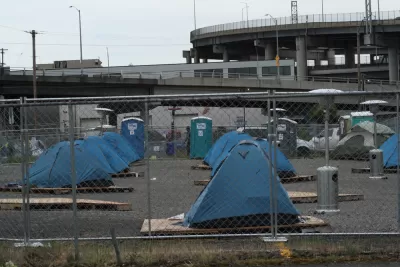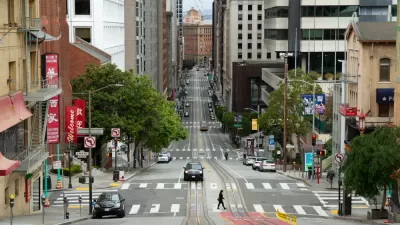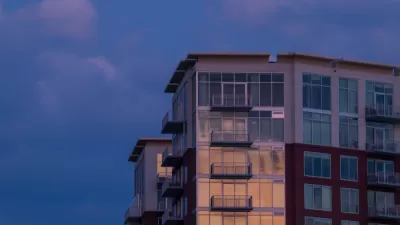The Harvard Joint Center for Housing Studies releases its "The State of the Nation’s Housing 2020" report last month.

A post by the Housing Matter initiative of the Urban Institute shares news of the latest publication of the "The State of the Nation’s Housing 2020" report from the Harvard Joint Center for Housing Studies (JCHS).
After noting the many disruptions affecting the housing market in 2020, the article summarizes the consequences of the year's events as worse for the housing crisis that pre-dated the pandemic.
The pandemic’s economic effects have amplified this crisis, and households with low incomes were more likely to report a loss of income and were more likely to be severely cost burdened. For aspiring homeowners, a combination of tight housing supply and historically low mortgage rates have increased the price of homes.
According to the report's finding, the pandemic's economic consequences have hit renters particularly hard, along with Latino and Black households. "[T]he nation’s housing challenges have never been so evident," according to the JCHS press release announcing the report [pdf].
As for the economic consequences of the pandemic, for homeowners, the press release provides insight:
…low income and households of color have taken a disproportionate hit. While 36 percent of all homeowners reported losing income between March and September, the shares are as high as 44 percent among owners earning less than $25,000, 41 percent among Black owners, and 49 percent among Hispanic owners. Additionally, while 7 percent of white homeowners were behind on mortgage payments in late September, the share was nearly two-and-a-half times higher among Hispanic (18 percent) and Black (17 percent) owners, and twice as high among Asian owners (12 percent).
In another post to grow out of the report's findings, Riordan Frost shares insights into trends in homelessness as reported in the study. The key takeaway: "Even before the COVID-19 pandemic began, homelessness was increasing across the country."
Much of the data included in the report stops short of 2020, so the impacts of the pandemic will still be coming into focus for months and probably years.
FULL STORY: State of the Nation’s Housing 2020

Alabama: Trump Terminates Settlements for Black Communities Harmed By Raw Sewage
Trump deemed the landmark civil rights agreement “illegal DEI and environmental justice policy.”

Planetizen Federal Action Tracker
A weekly monitor of how Trump’s orders and actions are impacting planners and planning in America.

Why Should We Subsidize Public Transportation?
Many public transit agencies face financial stress due to rising costs, declining fare revenue, and declining subsidies. Transit advocates must provide a strong business case for increasing public transit funding.

Understanding Road Diets
An explainer from Momentum highlights the advantages of reducing vehicle lanes in favor of more bike, transit, and pedestrian infrastructure.

New California Law Regulates Warehouse Pollution
A new law tightens building and emissions regulations for large distribution warehouses to mitigate air pollution and traffic in surrounding communities.

Phoenix Announces Opening Date for Light Rail Extension
The South Central extension will connect South Phoenix to downtown and other major hubs starting on June 7.
Urban Design for Planners 1: Software Tools
This six-course series explores essential urban design concepts using open source software and equips planners with the tools they need to participate fully in the urban design process.
Planning for Universal Design
Learn the tools for implementing Universal Design in planning regulations.
Caltrans
Smith Gee Studio
Institute for Housing and Urban Development Studies (IHS)
City of Grandview
Harvard GSD Executive Education
Toledo-Lucas County Plan Commissions
Salt Lake City
NYU Wagner Graduate School of Public Service





























